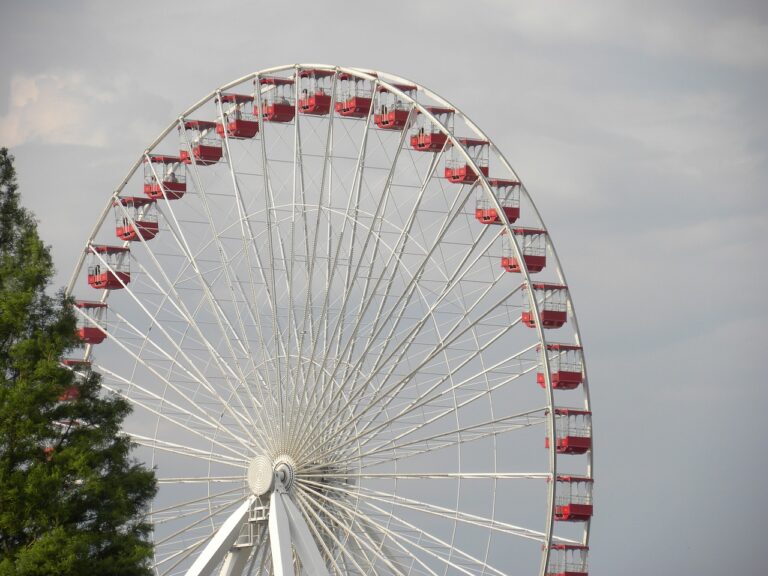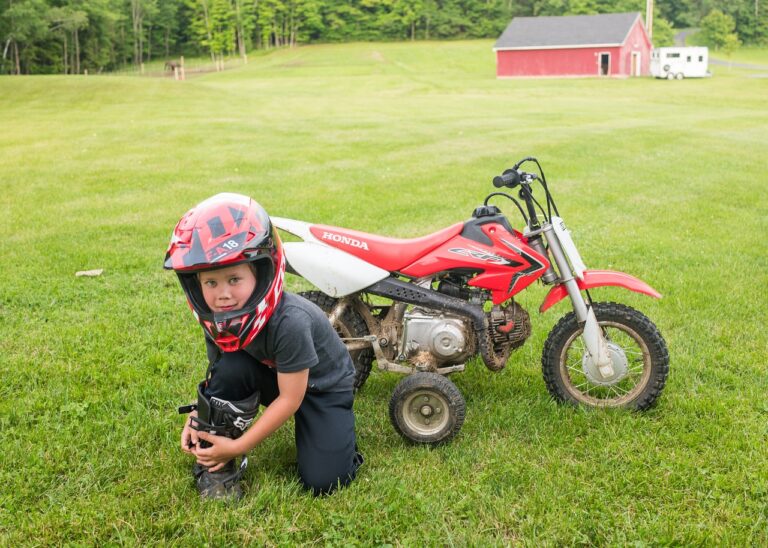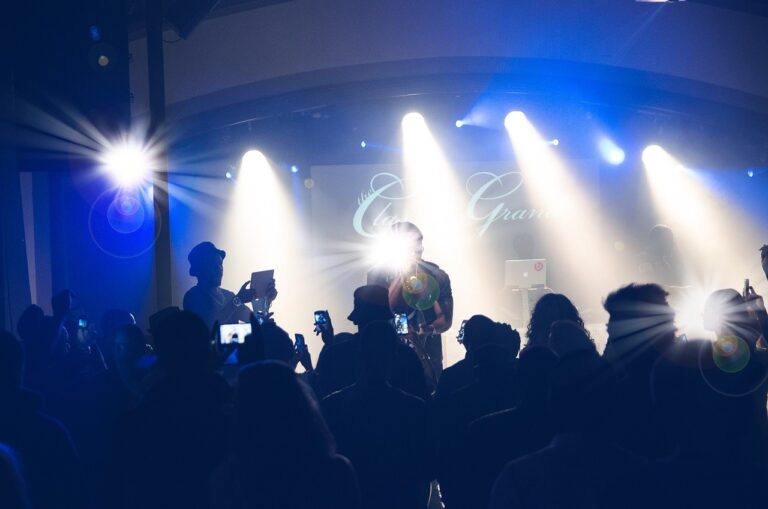The Importance of Sound Design in Horror Movies
Sound design has been a critical element in horror movies since the early days of cinema. The use of sound to create tension, suspense, and fear is crucial in delivering a truly immersive experience for audiences. In this article, we will explore the importance of sound design in horror movies and how it enhances the overall impact of the film.
The Role of Sound Design in Horror Movies
Sound design is the art of creating and manipulating audio elements to enhance the visual storytelling in a film. In horror movies, sound design plays a pivotal role in creating a sense of dread, tension, and suspense. It can elevate a scene from mildly creepy to downright terrifying, making the audience jump out of their seats in fear.
One of the key aspects of sound design in horror movies is the use of sound effects. From creaking floorboards to eerie whispers, sound effects can set the tone for a scene and build anticipation for what’s to come. The right sound effect at the right moment can send chills down the audience’s spine and create a lasting impression.
Another important element of sound design in horror movies is the use of music. A haunting score can intensify the sense of foreboding and heighten the emotional impact of a scene. The right musical cue can signal to the audience that something sinister is about to happen, keeping them on the edge of their seats in anticipation.
The Psychology of Sound in Horror Movies
Sound has a powerful psychological effect on the human brain. It can trigger primal instincts and evoke deep-seated emotions, making it a potent tool for creating fear and suspense in horror movies. The use of certain frequencies, tones, and rhythms can induce a sense of unease and anxiety in the audience, heightening their visceral response to the on-screen action.
For example, sudden loud noises or high-pitched screeches can startle viewers and elicit a fear response. On the other hand, quiet, subtle sounds like whispers or distant footsteps can create a sense of anticipation and dread. By manipulating these auditory cues, sound designers can guide the audience’s emotions and keep them engaged in the story.
Creating Atmosphere and Setting the Mood
Sound design is instrumental in creating the atmosphere and setting the mood in horror movies. Through the clever use of ambient sounds, such as howling winds, rustling leaves, or distant cries, sound designers can transport viewers into the world of the film and immerse them in its eerie and unsettling atmosphere.
Sound can also be used to foreshadow events or build suspense in a scene. By subtly hinting at what’s to come through sound cues, filmmakers can keep the audience on edge and heighten their sense of anticipation. Whether it’s a faint whisper in the dark or a distant scream, these auditory hints can add layers of tension and intrigue to the story.
The Evolution of Sound Design in Horror Movies
Over the years, sound design in horror movies has evolved significantly, thanks to advances in technology and the creative vision of filmmakers. From the early days of silent films, where music played a crucial role in setting the tone, to the modern era of surround sound and digital effects, sound design has become an integral part of the horror movie experience.
Today, sound designers have access to a wide range of tools and techniques to create immersive and realistic audio landscapes. From foley artists who recreate sounds using everyday objects to sound mixers who layer multiple tracks to create depth and texture, the art of sound design has become more sophisticated and complex than ever before.
FAQs
Q: What makes sound design in horror movies so effective?
A: Sound design in horror movies is effective because it taps into our primal fears and triggers a visceral response in the audience. By using a combination of sound effects, music, and ambient sounds, sound designers can create a sense of dread, tension, and suspense that keeps viewers on the edge of their seats.
Q: How do sound designers create the audio effects for horror movies?
A: Sound designers use a variety of techniques to create the audio effects for horror movies. This can include recording real-world sounds, manipulating them using software tools, or even creating entirely new sounds from scratch. Foley artists play a crucial role in recreating sounds using everyday objects to achieve a realistic and immersive auditory experience.
Q: What impact does sound design have on the overall viewing experience of a horror movie?
A: Sound design has a significant impact on the overall viewing experience of a horror movie. It enhances the visual storytelling, evokes emotions, and immerses viewers in the world of the film. By creating a sense of atmosphere, setting the mood, and guiding the audience’s emotions, sound design elevates the cinematic experience and makes the movie more engaging and memorable.
Q: How has sound design in horror movies evolved over the years?
A: Sound design in horror movies has evolved significantly over the years, thanks to advancements in technology and the creativity of filmmakers. From the early days of silent films to the modern era of surround sound and digital effects, sound design has become more sophisticated and integral to the storytelling process. Today, sound designers have access to a wide range of tools and techniques to create immersive and realistic audio landscapes that enhance the overall impact of the film.
In conclusion, sound design is a vital component of the horror movie experience, elevating the visual storytelling, creating tension and suspense, and immersing audiences in the world of the film. By leveraging the power of sound effects, music, and ambient sounds, sound designers can evoke a range of emotions and keep viewers engaged from start to finish. The evolution of sound design in horror movies showcases the creativity and innovation of filmmakers, pushing the boundaries of what’s possible in creating a truly terrifying and unforgettable cinematic experience.







